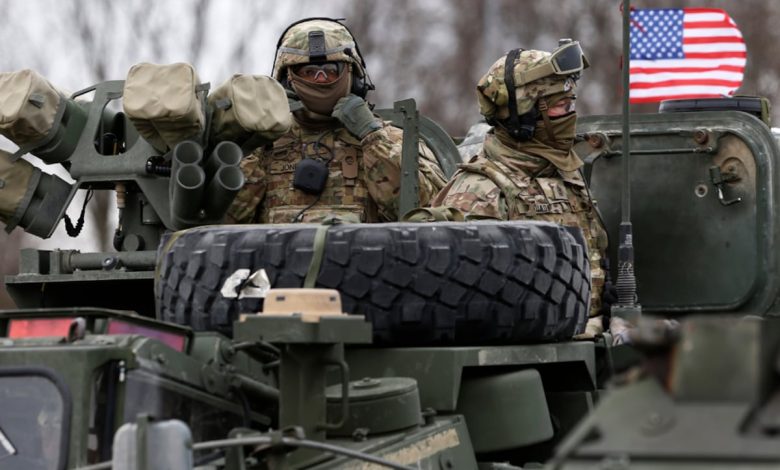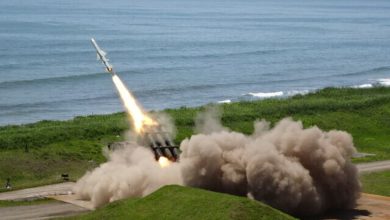Europe can’t do it alone on defense

At the 2018 NATO summit, President Donald Trump threatened to withdraw from the alliance if the Europeans didn’t step up their defense spending. Given the anti-Europe comments that have emanated from members of Trump’s second administration, the summit now being held will likely be both more fractious and more consequential. Newly elected German Chancellor Friedrich Merz has already pondered whether Europe should “still be talking about NATO in its current form or whether we will have to establish an independent European defense capability much more quickly.”
Russian aggression and United States hostility have turbocharged European states’ long-expressed but anemic efforts at “strategic autonomy.” But despite the important steps it has taken in that direction, Europe cannot avoid defense industrial dependence on the United States.
Immediate threats to security raise defense spending but shorten the time horizons of politicians. As George C. Marshall wrote on the eve of World War II, “for almost twenty years we had all the time and almost none of the money; today we have all the money and no time.”
States closer to Russia, like Poland, feel time is particularly short, and accordingly buy capability now at the expense of longer-term European autonomy. More distant from Moscow, nuclear-armed France can afford patience and Gaullist investment in its arms industry. Richer Germany can do both, building American weapons now while participating in joint-European defense programs.
Regardless of how they’re allocating their Euros, these states’ current investments come at the expense of the research and development needed to meet future needs; the U.S. outspends Europe more than tenfold in defense research. That gap widens further after factoring in private sector investment in dual-use technologies like AI, quantum computing and space that play a growing role in warfare. The market cap of Europe’s most successful defense startup, Germany’s Helsing, is 25 times smaller than America’s Palantir. No European space company remotely compares to SpaceX. Even if Europe builds today’s weapons at home, it will rely on U.S. innovation for its future security.
How can Europe manage, if not avoid, its transatlantic dependence? For all the recent agonizing over the F-35 jet aircraft and its potential “kill switch,” this controversial but market-dominating weapon shows the path forward. Belgium recently expanded its order but insisted the jets be built and maintained in Europe. For their part, both Germany and Italy are assembling this plane domestically.
Europe should use its market power to make a deal with the Trump administration, offering the U.S. market access in exchange for operational control of the weapons it buys. Such a grand bargain allows the president to achieve many of his recently announced goals: increased U.S. arms sales, reduced trade deficits and new sources for munitions needed to meet global conflicts. In return, Europe secures local production and more sovereignty over these weapons. Poland has already embraced this approach, securing domestic production of some U.S. and South Korean systems. Even France, long resistant to dependence on U.S. defense firms, has softened its stance on codevelopment with non-European firms.
Unlike the competition for electric cars or solar panels, European weapons factories are not competing with China. Instead, a policy of armaments cooperation strengthens both sides of the Atlantic, strategically and economically. The choice is clear: Europe can either be a consumer of last-generation domestically produced weapons in the quest for autonomy, or a co-producer of American ones in the quest for enhanced military power.
Jonathan D. Caverley is a professor of strategy in the Strategic and Operational Research Department of the United States Naval War College.
Ethan B. Kapstein is the executive director of the Empirical Studies of Conflict Project at the Princeton School of Public and International Affairs.







